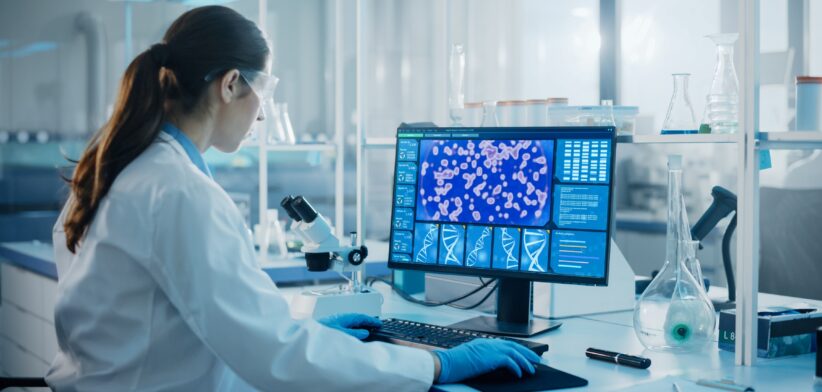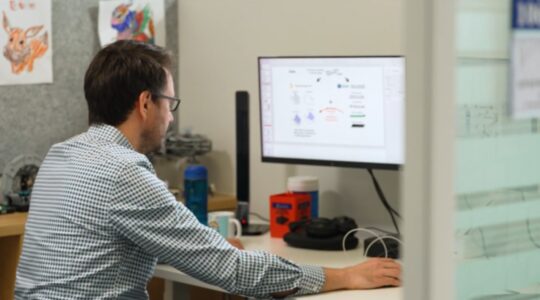State and Territory governments are doing the heavy lifting in health-related research and development funding, based on the latest data.
The Australian Bureau of Statistics (ABS) data shows Government expenditure on research and development (R&D) was $4.3 billion in 2022-23, up 20 percent in two years.
ABS Head of Business Statistics Robert Ewing said while both Federal and State governments showed similar growth in investment, they met different R&D spending objectives.
“All defence-related R&D spending was at the Commonwealth level, whilst 83 percent of spending on health-related R&D was done at the State and Territory level,” Mr Ewing said.
He said health continued to be the leading contributor to Government R&D expenditure at $806 million, with defence expenditure also high at $753 million.
Mr Ewing said Government spending on R&D was growing at a greater rate than spending by university and private sectors, which invested $1.595 billion in 2022-23, an increase of 14 percent on the 2020-21 figures.
“This is partly due to a recovery from lower than usual spending during the COVID-19 pandemic restrictions, and also due to higher levels of funding for research associated with defence activities and emissions reduction strategies,” Mr Ewing said.
“We’re seeing strong rises in spending on environmental related R&D. As Australia works toward emissions reduction targets set for the Net Zero Plan, the push to develop new ways to reduce Australia’s carbon footprint is driving R&D growth in this area.”
Mr Ewing said the way government R&D was funded had continued to evolve.
“Funding sourced from non-government institutions has been steadily growing over the last 10 years to reach 21.7 percent in 2022-23. This is its highest share since we started collecting this data in 1992-93,” he said.
“More collaboration between governments, universities, and the business sector – including funding from industry levies – has led to a rise in funding from sources away from the government sector.”
He said government spending on R&D as a proportion of GDP had remained unchanged since 2018-19 at 0.17 per cent.








